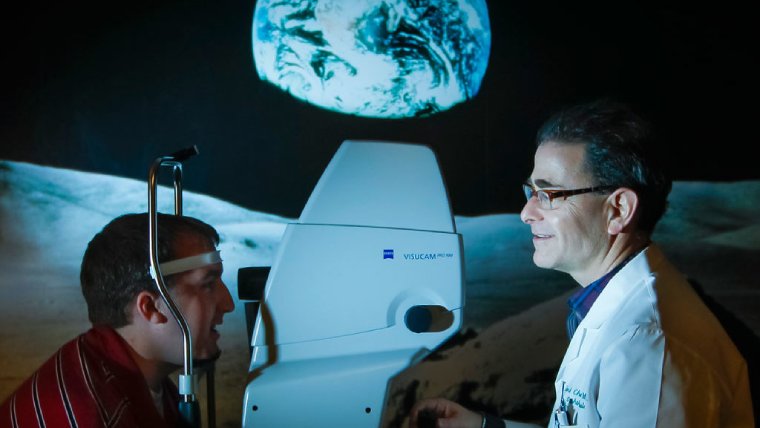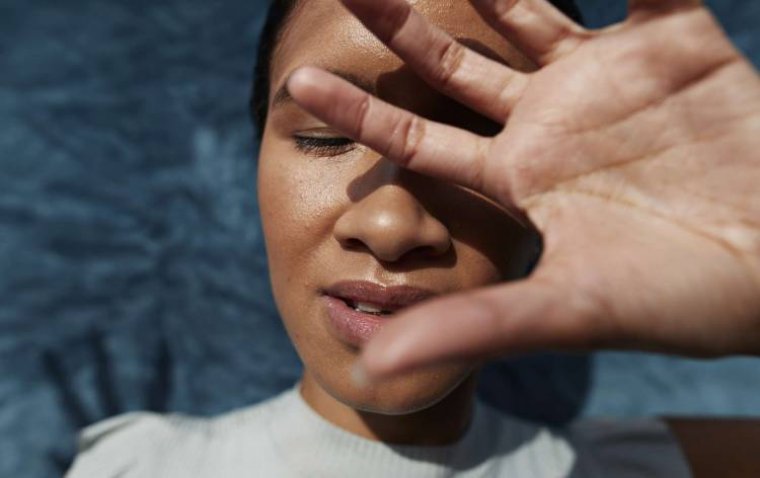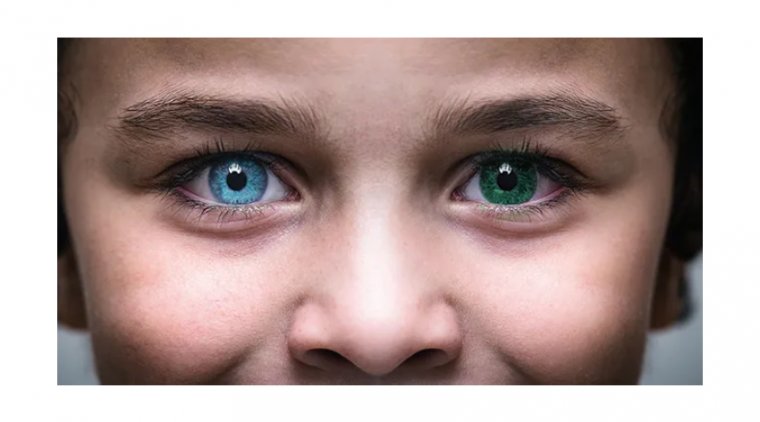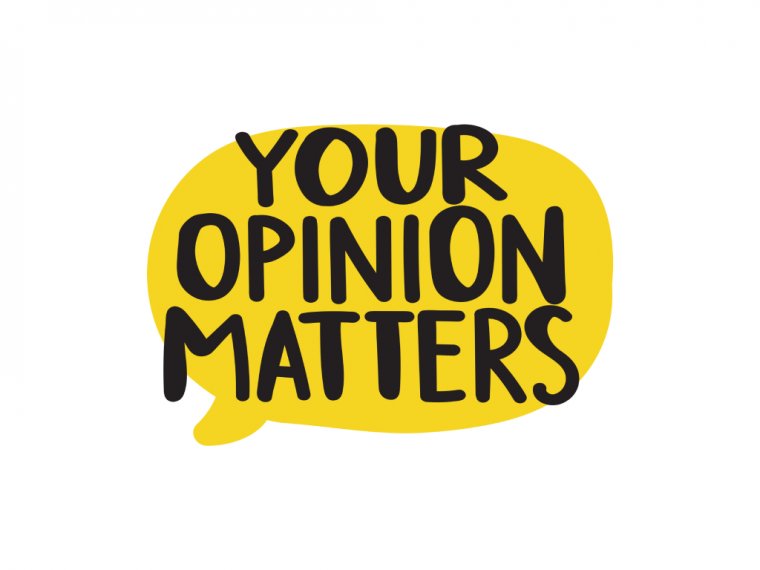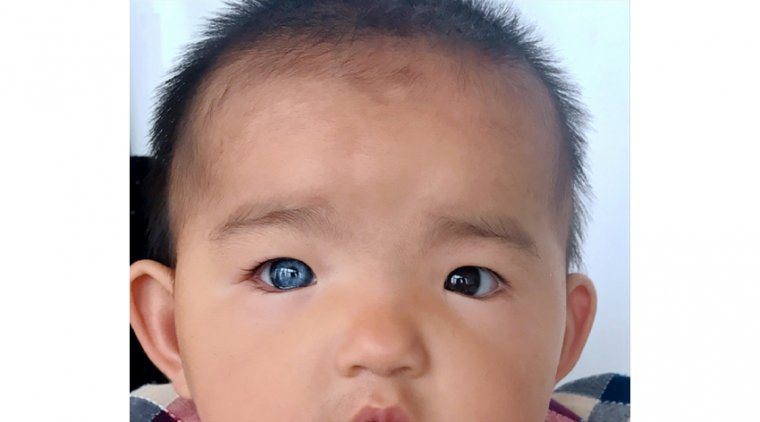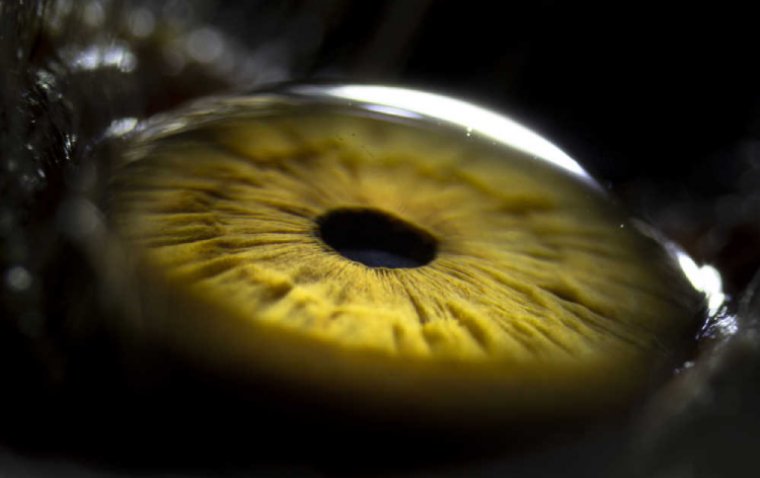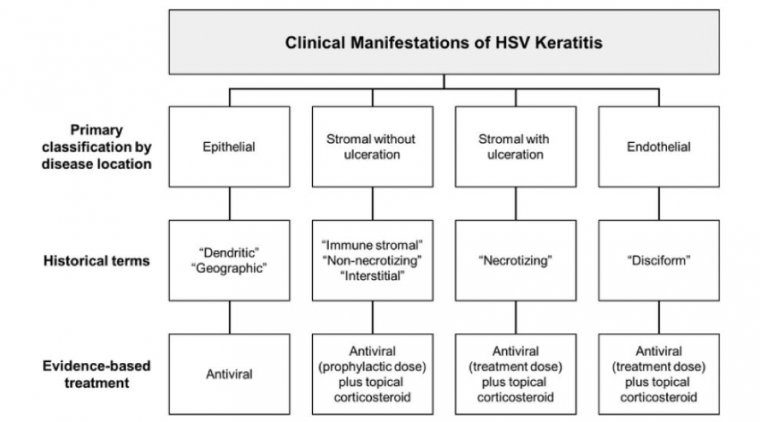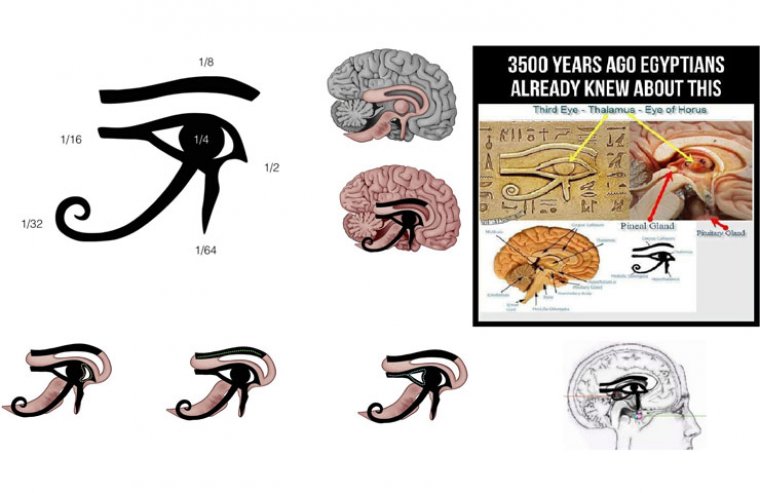
Cortical Blindness: Exploring the Complex World of Visual Impairment
What Is Cortical Blindness?
Cortical blindness, also known as cortical vision impairment (CVI), is a rare but complex form of visual impairment characterized by the inability to perceive visual information, even though the eyes themselves are healthy. Unlike other visual impairments that originate in the eye, cortical blindness results from damage to the visual cortex in the brain. The visual cortex plays a crucial role in processing visual stimuli, and when it is affected, it can lead to various visual deficits.
Causes of Cortical Blindness
Cortical blindness can be caused by a range of factors, but the most common is damage to the brain due to injury, stroke, or neurological disorders. Traumatic brain injuries, brain tumors, and vascular issues that disrupt blood flow to the visual cortex can all contribute to this condition. Risk factors include a history of head injuries, certain medical conditions, and age-related neurological changes.
Symptoms of Cortical Blindness
● Complete or Partial Vision Loss: Individuals with cortical blindness may experience either complete loss of vision or partial vision loss.
● Visual Field Deficits: This condition often leads to specific visual field deficits, such as blind spots or difficulty perceiving objects in certain areas of their visual field.
● Lack of Awareness: People with cortical blindness may not be aware of their vision loss, a phenomenon known as anosognosia.
● Impaired Depth Perception: Cortical blindness can affect depth perception, making it challenging to judge distances accurately.
Neurological assessments, visual field tests, and brain imaging are key components of the diagnostic process. Prompt diagnosis is crucial for managing the condition effectively.
Is There a Cure for Cortical Blindness?
While there is no cure for cortical blindness, various treatments and rehabilitation approaches can help individuals adapt to their condition.
Here’s the list of rehabilitation programs for managing cortical blindness:
1. Restitution Therapy
Restitution therapy aims to help the brain's damaged visual areas regain their function. It involves various exercises and activities that encourage the brain to relearn lost visual skills.
Patients engage in exercises designed to activate the injured part of the brain. These exercises could include tracking objects with their eyes, practicing seeing different contrasts, and stimulating their senses. The idea is that over time, these activities help the brain recover lost visual abilities.
2. Compensation Therapy:
Compensation therapy focuses on teaching alternative ways to deal with vision loss. Instead of trying to restore lost vision, it helps individuals adapt and use other senses effectively.
Patients learn practical skills like how to navigate using sounds and touch. They might use tools like white canes or guide dogs for getting around safely. Additionally, cognitive training enhances memory, attention, and problem-solving skills to compensate for visual challenges.
3. Substitution Therapy:
Substitution therapy encourages using remaining senses, like touch and hearing, to replace lost vision. It helps individuals rely on these senses for various tasks.
Patients learn to interpret information through hearing and touch. For instance, they might use technology that converts text to speech for reading or rely on Braille. Understanding environmental sounds and spatial cues can aid in daily navigation. Assistive technologies, such as speech-to-text software, make communication easier
These techniques are tailored to each person's unique needs and abilities, and a team of rehabilitation specialists collaborates to create personalized programs. The ultimate goal is to enhance an individual's quality of life, independence, and ability to engage in daily activities, despite the challenges of cortical blindness.
Complications and Long-term Outlook
Cortical blindness can lead to complications such as difficulty with spatial awareness, mobility, and independence. The long-term outlook for individuals with this condition depends on the underlying cause and the effectiveness of rehabilitation. Many individuals with cortical blindness can lead fulfilling lives with the right support and resources.
Summary
In conclusion, cortical blindness is a unique form of visual impairment that stems from brain damage rather than eye-related issues. Understanding its causes, symptoms, and available treatments is essential for individuals and their families. With the right care and support, individuals with cortical blindness can adapt and maintain a good quality of life.
(1).jpg)
